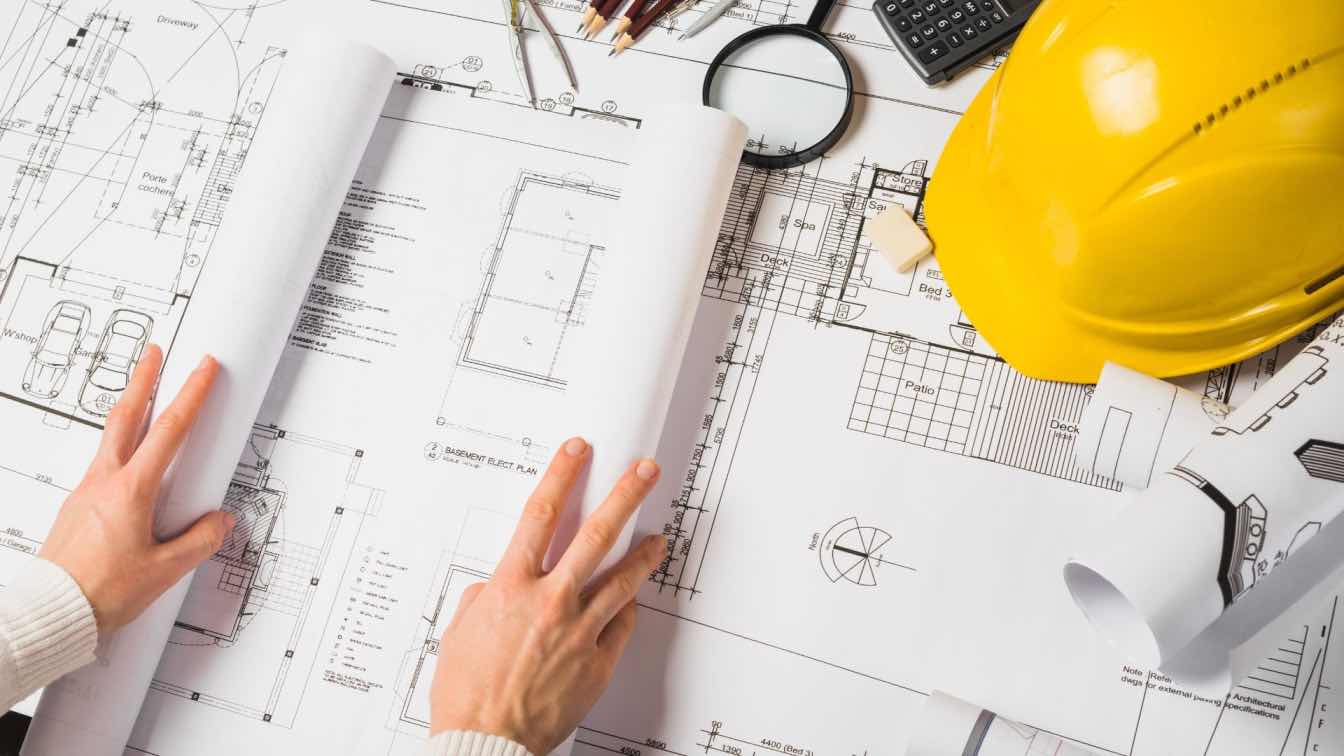Architecture is more than just creating things; it's a living, breathing art form that shows the values, beliefs, and culture of the people who make it. Architecture has always been a reflection of the time and place it was built, from ancient civilizations to modern cities. When you look at a structure, you're not just seeing bricks and mortar. You're also witnessing history, social dynamics, technological progress, and cultural identity. If you are having trouble with the complexity of academic writing, you can order essays online to learn more about these topics and get the most out of your study time. But how can architecture show culture and society, and why is this important for academic writing? Let's take a deeper look.
How architecture can show who you are culturally
Culture is the set of shared beliefs, customs, languages, and activities that make up a group of people. Architecture is one of the best ways to show these parts of culture. The way buildings are designed—houses, temples, government buildings, and skyscrapers—tells the tale of the values and history of that civilization.
The Parthenon in Athens is an example of this. It has very detailed designs. Its columns and symmetry show not only technical skill but also how important harmony, order, and the gods' place in society were to the ancient Greeks. The Taj Mahal and the Alhambra are two examples of beautiful Islamic architecture that show how important spirituality and beauty are in everyday life.
In scholarly literature, architecture functions as a principal framework for analyzing and comprehending the social fabric of other cultures. A scholar might look at how a building shows how people in society act, what their gender roles are, or even how politics work. The design of a traditional Japanese house, with its sliding doors and tatami mats, shows how important space, simplicity, and reverence for nature are in Japanese culture.
Architecture as a Mirror of Society
Not only do buildings and their designs show culture, but they also show social organization. The way a city is built, the order of its structures, and the areas set aside for particular purposes all tell us a lot about how people live there.
In medieval Europe, castles were built not only to protect people, but also to show off the nobility's strength and status. The higher up in the castle you lived, the closer you were to the king or lord, which showed how important social order was. On the other hand, public places like squares and town halls showed how the societies they served believed in democracy.
In the early 1900s, the emergence of skyscrapers in cities like New York and Chicago changed the way people lived together. These tall skyscrapers are symbols of ambition, innovation, and capitalism. They show how strong and powerful modern economic systems are.
The relationship between architecture and social organization makes it a very interesting topic for scholarly discussion. Researchers often look at how the architecture of public spaces, homes, and government buildings might show what people really value in society. For example, the open-plan offices that are common in today's businesses show that people want to work together and be open with each other.
The effects of new technology on culture
There is no denying that technology has an effect on architecture. As technology changes, so do the ways we create our houses and communities. New building materials like steel and glass changed the way buildings were designed in the late 1800s. This made it possible to build larger buildings and come up with more creative designs. The famous Eiffel Tower in Paris is an example of how iron construction has improved.
These new technologies were not only useful; they also showed changes in culture. For instance, the skyscraper became a sign of modernism, development, and hope for the future. As cities started to use new technologies, architecture became a way to exhibit how forward-thinking a culture was.
In scholarly discourse, the interplay between architecture and technology frequently prompts examinations of how various communities engage with innovation. Scholars could look at how the built environment in different cultures shows how technology has changed over time and how these changes have affected cultural norms. For example, Scandinavian countries utilize a lot of sustainable design ideas, which shows how much they care about protecting the environment, which is a big part of their culture.
Architecture and how society is changing
The function of architecture within society changes over time. We build different kinds of buildings as society's ideals and customs change. The shift from stiff, classical styles of architecture to more flowing, abstract shapes that define modern designs is a great example of this. This transformation in architecture is like how society is moving toward autonomy, innovation, and freedom of speech.
The deconstructivist movement, which started in the late 20th century, moved away from the old ideas of harmony and symmetry. This was a sign of a culture that was becoming more open to chaos, complexity, and unpredictability. Frank Gehry's Guggenheim Museum in Bilbao, Spain, is an example of a building that goes against traditional architectural rules. It shows how people want to break away from old ways of doing things and try new things.
In scholarly discourse, the progression of architectural forms is frequently associated with more extensive cultural and societal transformations. The emergence of postmodernism in the 1970s signifies not merely a transformation in design aesthetics; it embodies an era of scrutinizing authority, contesting conventional conventions, and investigating varied cultural identities. Scholars can examine how historical events, such as wars or political movements, influence the built environment via the perspective of architecture.
The Globalization of Architecture: A Two-Edged Sword?
Architecture is being shaped more and more by ideas and trends from around the world as the world gets more linked. This has made cityscapes more alike in several aspects. Cultural history is taking a backseat as glass-and-steel skyscrapers become the standard in major cities throughout the world.
But globalization has also led to a mix of architectural styles, which can lead to the mixing of different cultural influences. The Dubai skyline, for example, has structures that combine traditional Middle Eastern design with cutting-edge modern architecture. This mix can make environments that show how global civilization is while also recognizing local customs and heritage.
In scholarly discourse, globalization in architecture engenders compelling dialogues around cultural exchange, identity, and the conservation of legacy. Scholars may investigate the difficulties urban areas encounter in preserving their distinct cultural identities within a global architectural context. How do architects find a balance between the old and the new? Is it possible for a building to accurately reflect the culture of a society if it includes elements from many different places?
Conclusion: Architecture as a Reflection of Society
To sum up, architecture is more than just making things. It is a changing mirror of the culture and civilization that makes it. The designs and buildings we make, from ancient temples to modern skyscrapers, show what we believe, what we value, and how far we've come with technology.
Students and academics must comprehend the interplay between architecture and culture. Whether it's looking at how a building's design affects society or talking about how new technologies change the way architects work, studying architecture can teach us a lot about the societies that built it. You can get essays online if you want to learn more about academic writing on architecture. This will help you realize how architecture really shows culture and society.
So, the next time you look at a building, remember that it's not simply a building; it's a reflection of the beliefs and ideas that went into making it. Architecture is a true reflection of civilization, showing how culture, technology, and social organization change all the time.





